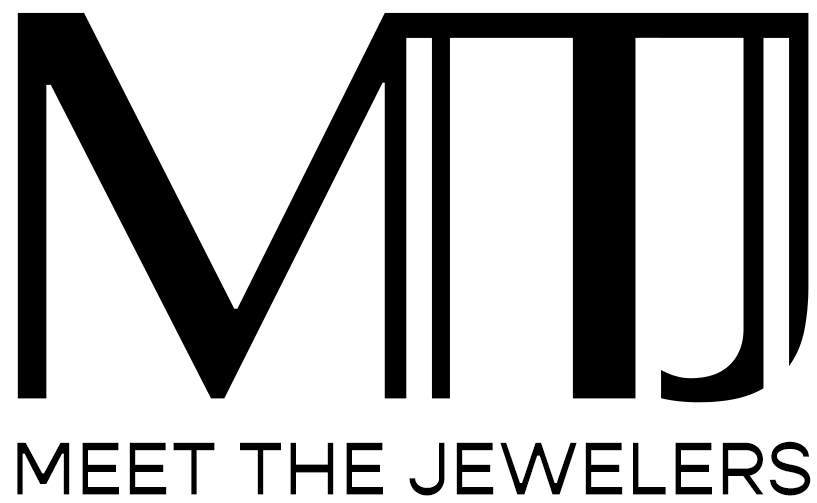What is Blue and Purple and Bright All Over?
There’s more than meets the eye when it comes to jewelry. Get the big picture with our long-form deep dives into the ever-changing, everlasting jewelry biz.
Photo credit: @milestones_by_ab
A deep dive into opals, the kaleidoscope stone.
In 1829, the gothic novel Anne of Geierstein was the tale that sent the opal market into a dizzying downmarket tailspin. The author mused that opals were a stone of bad luck. This infamous story took over the opal industry and nearly collapsed the opal mining industry. But the wise Greeks and Romans knew that opals harbor significant healing powers and represent freedom. For October babies, like myself, I know the latter to be true. Opals are mysterious and jubilant—they're unlike any other stone. From monotone Fire opals to multicolored Boulder opals, these unique stones are what every jewelry box needs.
Opals began turning up in Australia in the 1800s as an “accidental discovery.” Often, opals were found by wandering trailsman whose horse would kick up the stone or in a muddy runoff left from a rainstorm.
Their magnetic color was unlike anything in the European market until that point, and the Queensland miners needed to convince their western counterparts that the stones were, in fact, real. Since then, Australia has maintained its status as the primary home to most of the world’s sourced opals, from the Lava opal to the Boulder opal. And their names are the keys to unlocking how they’re made. Fire opals are quite literally made inside volcanoes. The pressure from the volcano captures the water droplets inside the lava, creating the bright, hot stone that perfectly represents its name.
John Atencio opal Signature earrings with rhodolite, garnet and diamonds, $8,355 at John Atencio
*This item is sold out.
Now, here is where you need to put on your scientific hardhat. Opals are made of silica spheres, and it is the opal’s internal structure that disperses the light outward. In other words, light is not made from within the stone but instead bounces off the silica spheres to project the prismatic shine and color that you see. Mind blown!
The intense color and luminescent nature of opals might have you expect that they are dense, but since opals can contain upwards of 5% of water, they have porous qualities making them soft and thus prone to cracking. Protecting opals in a jewelry setting requires a significant level of expertise to ensure the stone does not crack or break and is optimally encased. Pro-tip: Look for bezel set opals over prong-set where the pressure is pushed to the center and creates a climate primed for chipping.
Alaska Jewelry opal earrings, $1,175 at Alaska Jewelers
Dajhan Gems and Jewelry one-of-a-kind boulder opal necklace, $3,200, at Milestones by Ashleigh Bergman
The greatest intersection of jewelry is superstition, physical properties, and design—the opal is the gold standard among all three pillars. The word opal derives from the Greek word “opallios,” meaning to see a change in color. So even when I’m sure I’ve seen one of my little opal studs a million times, I can always see something different, a color that has deceived me or appeared for the first time. Opals are the gift that keeps on giving.
Editor: Samantha Durbin Wordsmith: Elissa Velluto
Every item featured is personally selected by our writers and editors (read: we're totally into it). Please know that when you buy through our links, we may earn an affiliate commission (read: we get to keep doing what we love).






